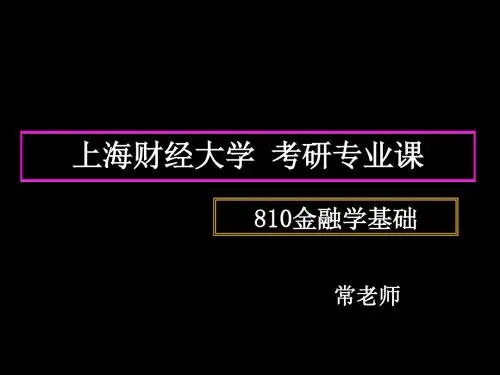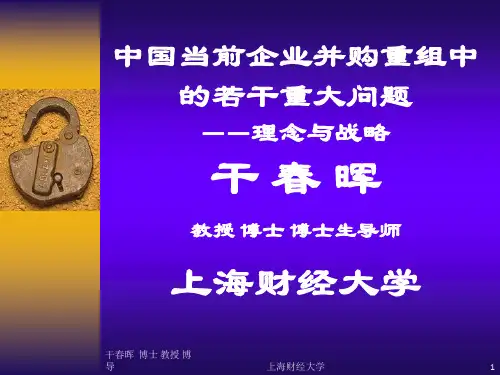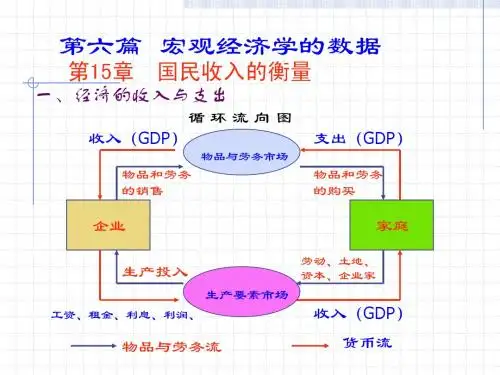2. Utility function is a convenient way to describe a preference relation. For example, if I tell you that my preferences over apples and bananas is u (a, b) = a0.5 + b, then you would know how I would choose between any combinations of apples and bananas. 3. Theorem. A preference relation can be represented by a utility function only if it
∀x, y ∈ X, y ≫ x =⇒ y (b) Strict monotonicity: The prtone if x
∀x, y ∈ X, y ≥ x =⇒ y while y ≫ x =⇒ y ≻ x. (c) Strong monotonicity: The preference
notation ∼ to represent the indifference relation. If x
strictly prefers x to x′ . We use ≻ to represent the strict preference relation. 5. The transitivity of implies the transitivity of ∼ and the transitivity of ≻, and vice
1.2
Utility function
1. A utility function defined over X assigns a real number to each member of X . We say a utility function u : Rn → R represents a preference relation and x′ , x x′ iff u(x) ≥ u(x′ ). if for any objects x










